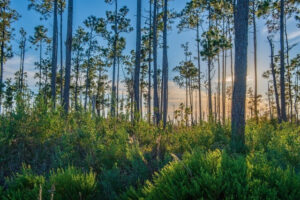
Welcome to Sandy Creek State Forest!
The Florida Department of Environmental Protection (DEP) has acquired 12,243 acres in Bay County that will become a new state forest system. The new forest acreage will expand the Florida Wildlife Corridor; it will also provide a new natural destination for public recreation in Northwest Florida. Completed under the Bear Creek Forest Florida Forever Project, the new acreage protects a key portion of the St. Andrew Bay Watershed. Protecting the watershed helps 1) safeguard water quality, 2) reduce flooding in surrounding communities, and 3) supports a wide variety of habitats. Habitats include: longleaf pine forests, wetlands, and floodplains. The habitats support wildlife like the keystone gopher tortoise, the Florida black bear, and other potentially threatened and endangered species like the reticulated flatwoods salamander and dark-headed hatpins flower.
The property will be managed by the Florida Forest Service to support both conservation and recreation. DEP Secretary Alexis A. Lambert says, “With the creation of Sandy Creek State Forest, we’re not only preserving vital ecosystems and expanding wildlife habitat but also connecting conservation lands from Eglin Air Force Base to Apalachicola National Forest. This new state forest will offer meaningful public access while protecting the natural resources that make our state so special.”
The park isn’t open to the public quite yet, but will offer hiking, wildlife viewing, and outdoor education once it is. According to an email from the DEP Press Office, “Florida is at the forefront of the nation’s land protection efforts and continues to be a model for other land acquisition programs across the country. Through the Florida Forever Program, the state conserves land that provides environmental, recreational and preservation benefits, including water quality and quantity safeguards; resilience from storm impacts; habitat and species protections; and outdoor recreation opportunities.”
For more information about the Florida Forever Program, visit Florida DEP here.
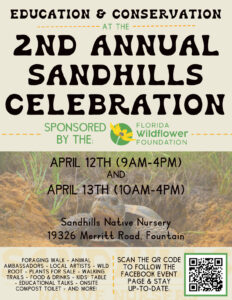
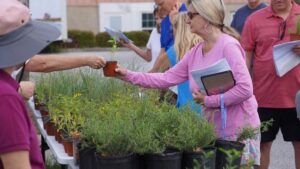
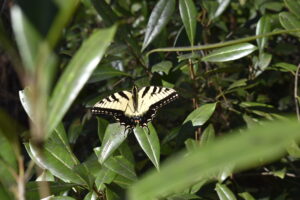
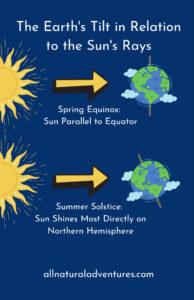
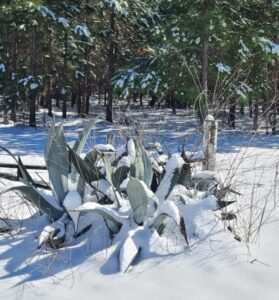
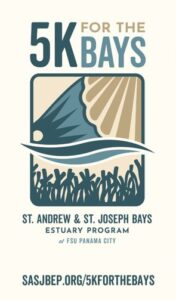
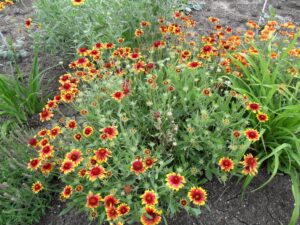
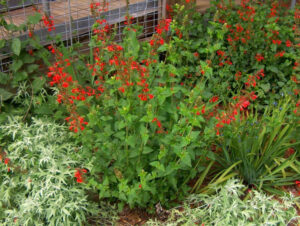
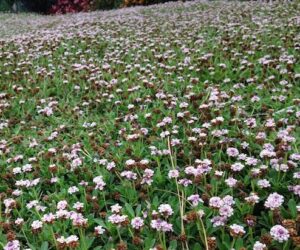
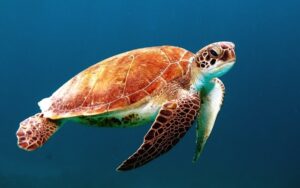 Today is National Endangered Species Day. It’s the result of the America’s Endangered Species Act of 1973; the act sparked domestic and international conservation by providing a framework for protection. Protecting endangered species is crucial for the preservation of biodiversity and the maintenance of healthy ecosystems. Every species plays an essential role in maintaining the balance of their ecosystems; 881 animal species have gone extinct since around 1500. We need to protect the ones that are left.
Today is National Endangered Species Day. It’s the result of the America’s Endangered Species Act of 1973; the act sparked domestic and international conservation by providing a framework for protection. Protecting endangered species is crucial for the preservation of biodiversity and the maintenance of healthy ecosystems. Every species plays an essential role in maintaining the balance of their ecosystems; 881 animal species have gone extinct since around 1500. We need to protect the ones that are left. 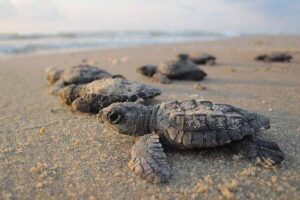
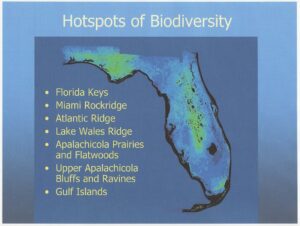 Did you know that Florida is a biodiversity hotspot?! The state ranks 7th for animal biodiversity with 4,368 known species. We rank 6th for vascular plant diversity, with 3,038 species. Florida also ranks among the top five states in endemic species; endemic species are animals or plants that are found only in our state. For instance, 269 species of animals can be found only in Florida.
Did you know that Florida is a biodiversity hotspot?! The state ranks 7th for animal biodiversity with 4,368 known species. We rank 6th for vascular plant diversity, with 3,038 species. Florida also ranks among the top five states in endemic species; endemic species are animals or plants that are found only in our state. For instance, 269 species of animals can be found only in Florida.